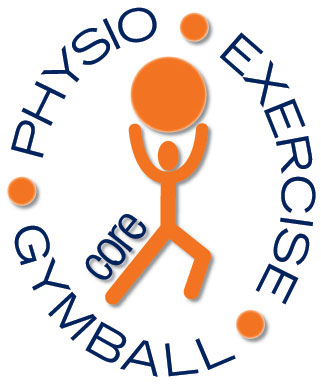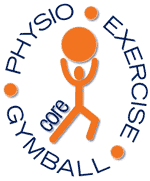Your rib cage plays a pivotal role in both movement and breathing. Rib cage mobility directly affects how your spine moves and how well you can take a deep breath. It also influences your posture and overall flexibility.
Improving rib cage mobility can enhance your breathing patterns, increase spinal flexibility, and reduce tension in your back and shoulders. You may have noticed elite athletes practicing breathing techniques during breaks in play or before competitions. Research shows that rib cage mobility exercises improve lung function, reduce stress, promote better posture, and boost physical performance.
Breathing and Rib Cage Mobility
Breathing exercises are a great way to enhance rib cage mobility, reduce stress, and increase lung capacity. Below are a few highly effective exercises. Give them a try and see which one works best for you!
1. Boxed Breathing (or Square Breathing)
Boxed breathing is a simple yet powerful technique that helps manage stress and improve focus by regulating your breathing pattern. It’s called “boxed” or “square” because it follows four equal steps—just like the sides of a square.
How to do Boxed Breathing:
- Inhale deeply through your nose for a count of 4 seconds, expanding your belly and ribs.
- Hold your breath for 4 seconds.
- Exhale slowly through your mouth for 4 seconds, feeling your belly and ribs contract.
- Hold your breath again for 4 seconds before repeating the cycle.
This method calms the nervous system and is excellent for reducing anxiety or preparing for focused tasks.
2. Diaphragmatic Breathing (or Belly Breathing)
This exercise focuses on engaging your diaphragm—a key muscle in breathing—to improve lung efficiency and reduce tension.
How to do Diaphragmatic Breathing:
- Sit or lie in a comfortable position with one hand on your chest and the other on your belly.
- Inhale deeply through your nose, allowing your belly (not your chest) to rise as your lungs fill with air.
- Exhale slowly through pursed lips, letting your belly fall as you push the air out.
- Continue for 5-10 minutes, focusing on slow, controlled breaths.
This technique is great for relaxation and improving your breathing mechanics.
3. Rib Cage Expansion Breathing
Rib cage breathing improves flexibility and mobility in the rib cage, allowing you to fully expand your lungs with each breath. This is especially useful for Pilates and core-focused exercises.
How to do Rib Cage Expansion Breathing:
- Place your hands on either side of your rib cage.
- Inhale deeply, focusing on expanding your rib cage sideways and feeling your ribs press against your hands.
- Exhale fully, allowing your rib cage to contract.
- Repeat for 5-10 breaths.
This exercise helps improve breathing capacity and rib cage mobility, which is important for both posture and movement.


